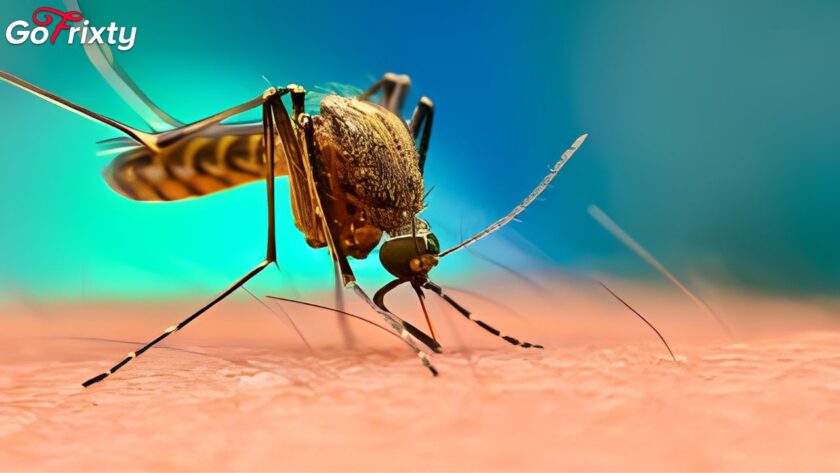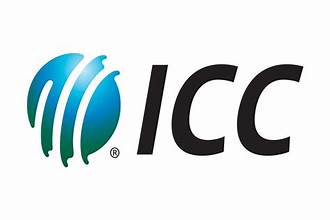The emergent and rapid increase in technology has provided significant advantages to mankind. Engineers at the University of California San Diego have developed a way for blood pressure monitoring with the help of a simple, low-cost clip that uses a smartphone’s camera and flash to monitor blood pressure on a user’s finger. The clip works with a custom smartphone app and currently costs about 80 cents to make. The researchers estimate that when produced at a large scale, the cost could be as low as 10 cents each.
The technology was published on May 29, 2023. Scientific reports.
Researchers say this could help make regular blood pressure monitoring easier, cheaper, and more accessible to people in under-resourced communities. It may benefit older adults and pregnant women, for example, in the management of conditions such as high blood pressure.
“We have developed a cost-effective solution to reduce the barrier to blood pressure monitoring,” said study first author Yinan (Tom) Schwan, a Ph.D. in electrical and computer engineering. student at UC San Diego.
Edward Wang said “Because of their low cost, these clips can be given to someone who needs them but can’t go to the clinic regularly,” said study senior author Edward Wang, an electrical engineer at UC San Diego. and is Professor of Computer Engineering and Director of Digital. Health Lab. “You may be given a blood pressure monitor clip at your check-up, just as you get a pack of floss and a toothbrush at your dental visit.”
Another important advantage of the clip is that it does not need to be calibrated on the cuff.
“This is what distinguishes our device from other blood pressure monitors,” Wang said. He explained that other cuffless systems being developed for smartwatches and smartphones need to get a separate set of measurements with the cuff so that their models can be tailored to those measurements.
“Ours is a calibration-free system, meaning you can use our device without ever touching another blood pressure monitor to get reliable blood pressure readings.”
To measure blood pressure, the user simply presses the clip with a fingertip. A customizable smartphone app guides the user on how hard and long to press during the measurement.
The clip is a 3D-printed plastic attachment that fits over a smartphone’s camera and flash. It has an optical design similar to a pinhole camera. When the user presses the clip, the smartphone’s flash illuminates the fingertip. This light is then projected through a pinhole-shaped channel into the camera as an image of a red circle. A spring inside the clip allows the user to press with different levels of force. The harder the user presses, the bigger the red circle appears on the camera.
The smartphone app extracts two important pieces of information from the red circle. By looking at the size of the circle, the app can measure the amount of pressure applied to the user’s finger. And by looking at the brightness of the circle, the app can measure the volume of blood flowing in and out of the finger. An algorithm converts this information into systolic and diastolic blood pressure readings.




